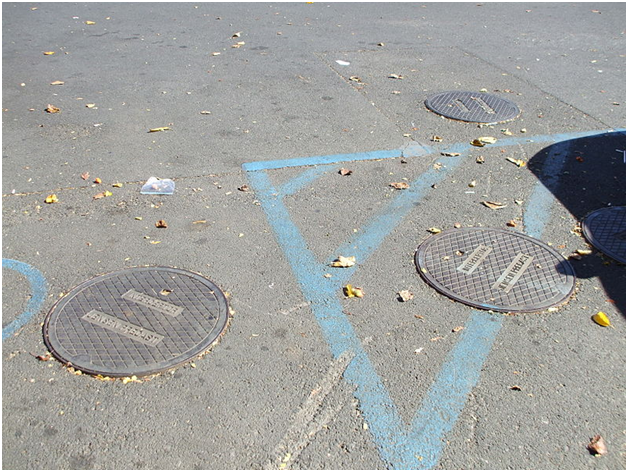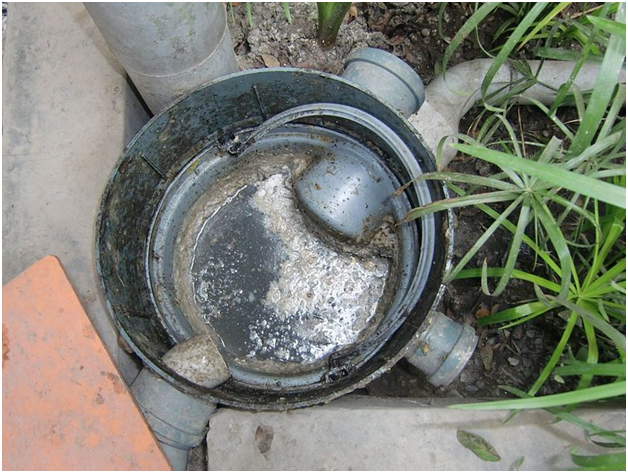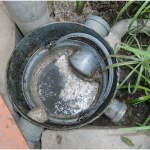If you own a restaurant or a café, it is very likely that you own one or more grease traps. These are an essential part of effective waste removal, especially if you deal with oil regularly, and should be cleaned every six weeks or so. This will help to reduce the chance of build-up – an unclean grease trap won’t stop grease waste entering the septic system or the sanitary sewer, which can cause a grease blockage. This could shut down your restaurant for days or even weeks, so it is important to make sure you clean your grease traps!

If you are not sure how to clean a grease trap, don’t worry – you are in the right place! Here is a full guide to cleaning your grease trap.
Cleaning your grease trap
Before you clean your grease trap, you will need to wait for the water inside to cool down. This will normally take around half an hour. Once you have done this, you can remove the lid from the trap. Be careful not to hit your head, as many grease traps are stored under the sink.

Removing the grease
Grease sludge, which normally forms at the top of the grease tank, must be removed. Don’t worry if the grease is thick – sometimes it can be up to two inches!
Once you have done this, you will be able to able to remove the remaining contents of the grease trap. If you don’t want to do this with your hands, you can use a Shop-Vac.
Once all the liquid and sludge has been removed from the grease trap tank and sides, you will be able to clean the whole thing with a scraper. This will remove the rest of the dirt.
If you want to buy new stainless steel grease traps for your restaurant, check out suppliers such as https://www.ukgreasetrapsdirect.co.uk/stainless-steel-grease-traps. You may want to consider doing this even if your restaurant doesn’t use oil, as fats can still cause a problem.
Now you can remove the grease sludge from both the outtake and intake pipes. If you are not sure how to do this, you may want to hire a professional to do the jo.
Now you can run clean water through the trap to ensure it is clean and working, not forgetting to replace the lid!


